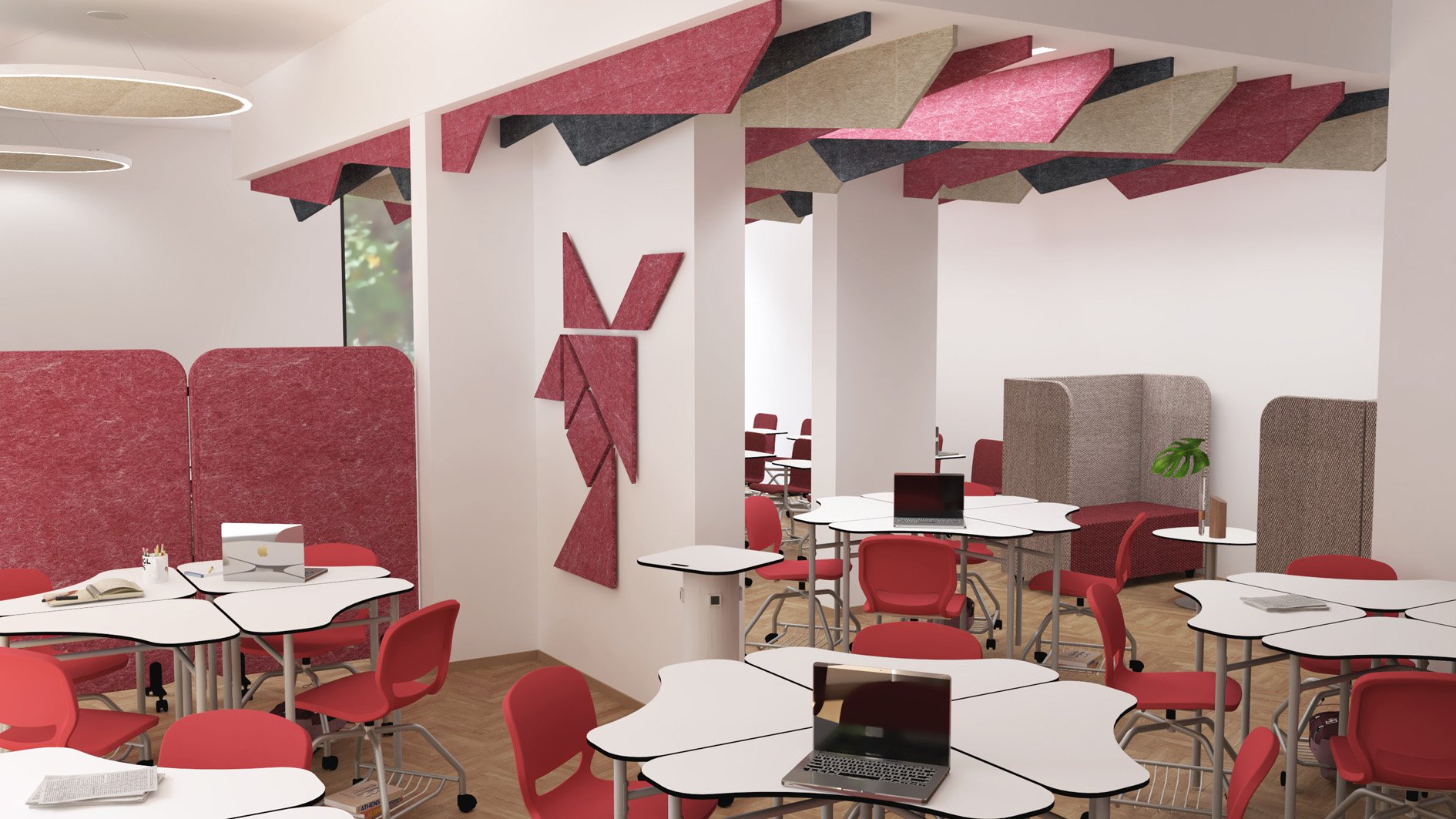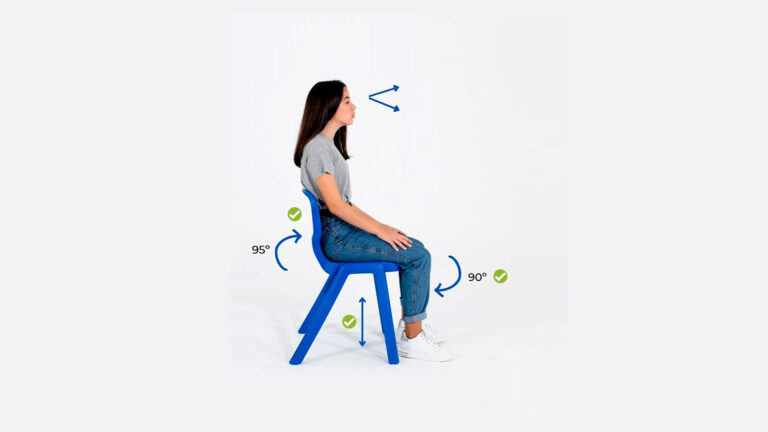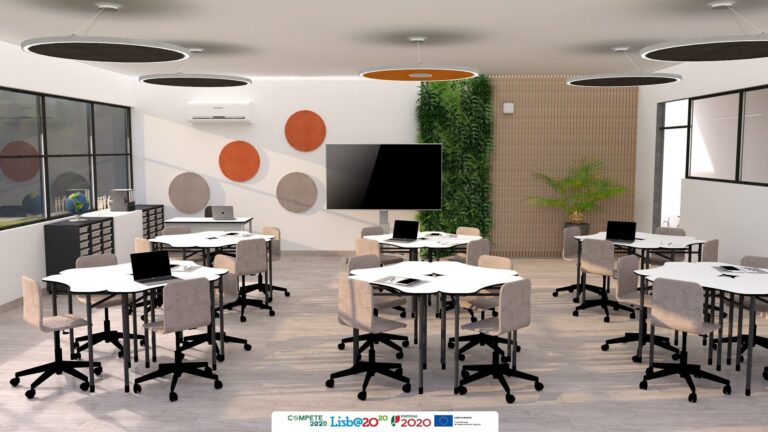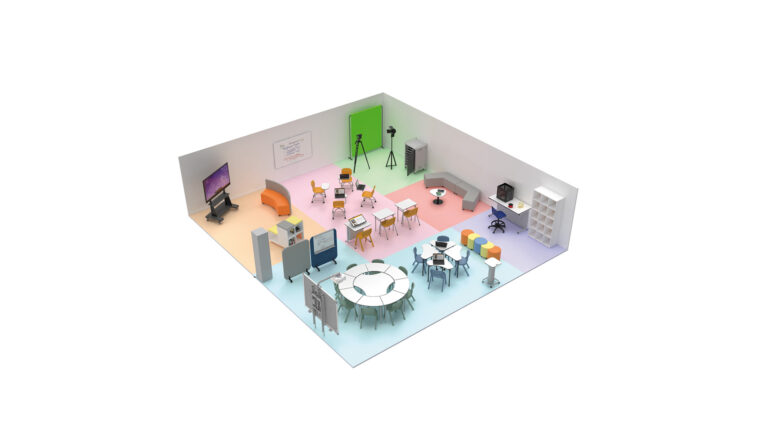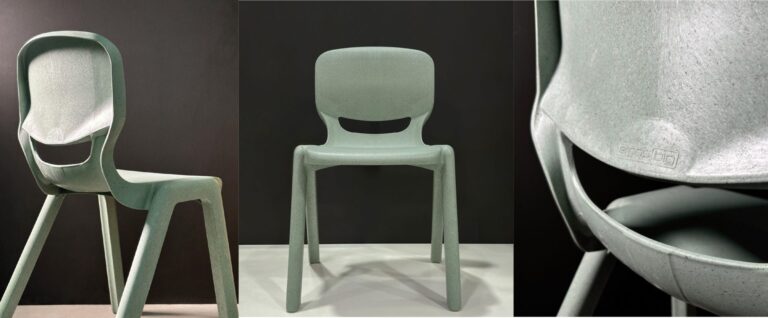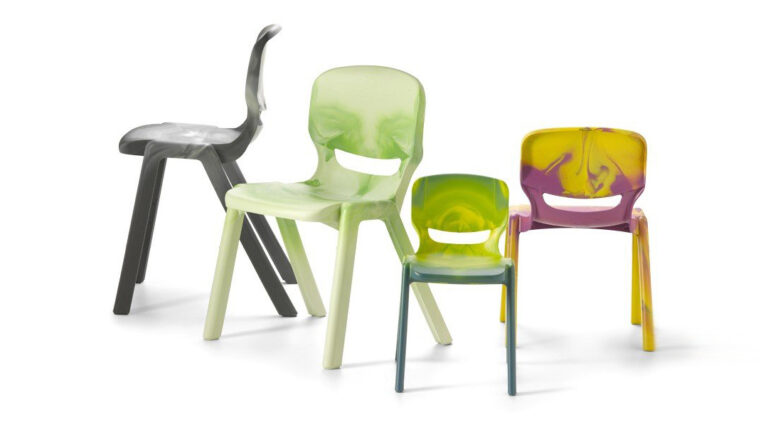The Impact of Noise
The Impact of Excessive Noise in Classrooms: An Analysis of Acoustic Solutions
When you approach a school, the sound coming from it seems to be an integral part of the educational environment. Where there are children, noise is inevitable. However, this perspective has recently been questioned.
First, it is important to understand what soundproofing is and to distinguish it from acoustic isolation. The fundamental difference lies in the origin of the noise: while acoustic isolation addresses problems originating from adjacent spaces (neighbors, street traffic, rooms that are too close, etc.), soundproofing reduces internal noise and reverberation. In addition, it indirectly improves sound transmission between spaces, since the installed absorbent materials prevent sound from propagating.
As such, and given that the school environment is crucial for students’ educational development, it appears that many institutions face a constant challenge that results in excessive noise in the classrooms. This directly affects students’ concentration and makes teachers’ work more difficult.
Nautilus S.A., a leading manufacturer of school furniture, offers innovative acoustic solutions that promote a favorable environment for both teachers and students.
How to improve the learning environment?
Currently, most schools do not have adequate acoustic solutions to eliminate noise. However, installing acoustic panels in hallways, cafeterias, classrooms, gyms, and multi-purpose rooms is one of the most effective measures to reduce this problem in a school.
The introduction of absorbent materials not only improves communication among students but also their relationships with other teaching and non-teaching staff. In this sense, improving acoustic conditions in schools results in increased academic performance, reduced stress, increased student motivation, and reduced fatigue during teaching activities.
Nautilus offers a range of acoustic solutions that eliminate reverberation and noise in classrooms while meeting the needs of flexibility, versatility, and comfort in educational spaces.
1. MUTE Partitions and BLOCK XL Seating
Nautilus presents the MUTE high-density foam partitions, which offer an effective barrier against noise, segmenting study areas and providing a quieter environment. The BLOCK XL seats are designed to provide comfort to students while also contributing to sound absorption, thus reducing unwanted noise in classrooms
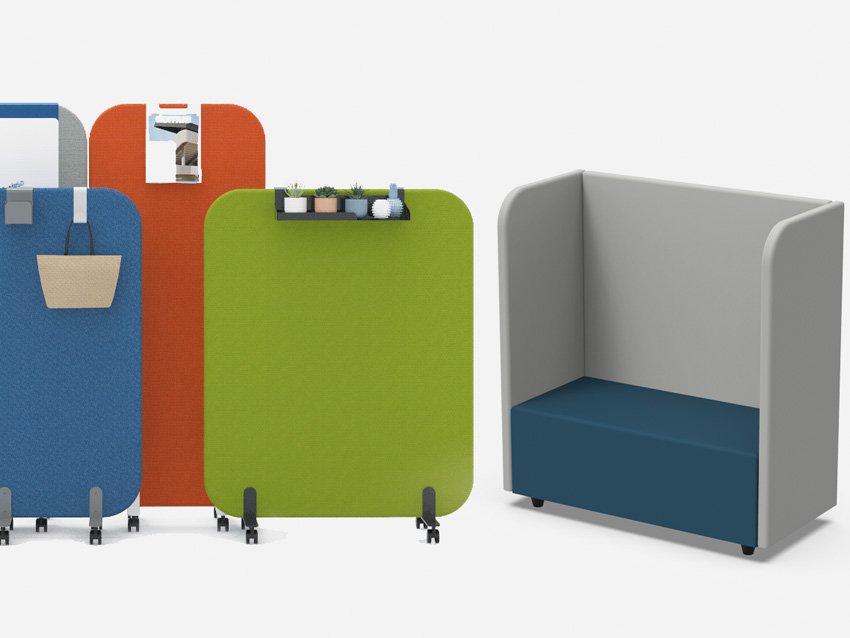

2. Tangram
In addition to functional solutions, Nautilus excels in decorating spaces with the Tangram, which can be configured infinitely. This modular system adds an aesthetic touch to school environments and serves as an acoustic solution, absorbing sound and improving the quality and aesthetics of the space.
3. PET Wall and Ceiling Solutions
Nautilus PET solutions offer a sustainable approach to soundproofing classrooms. They are absorbent, acoustic, lightweight, and made from recycled plastic bottles. These materials effectively absorb sounds, creating a quieter environment conducive to learning. Available in various sizes and shapes, these panels adapt to any space.
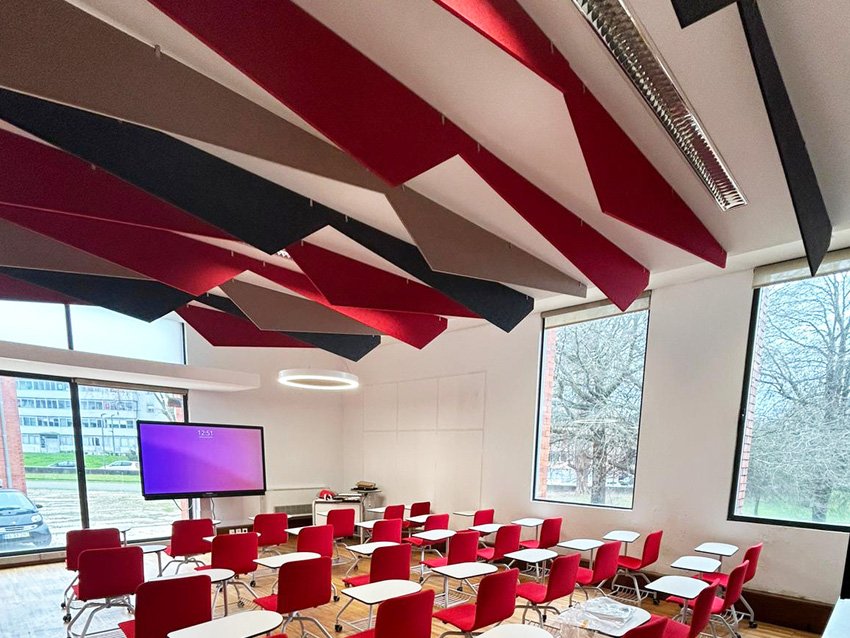
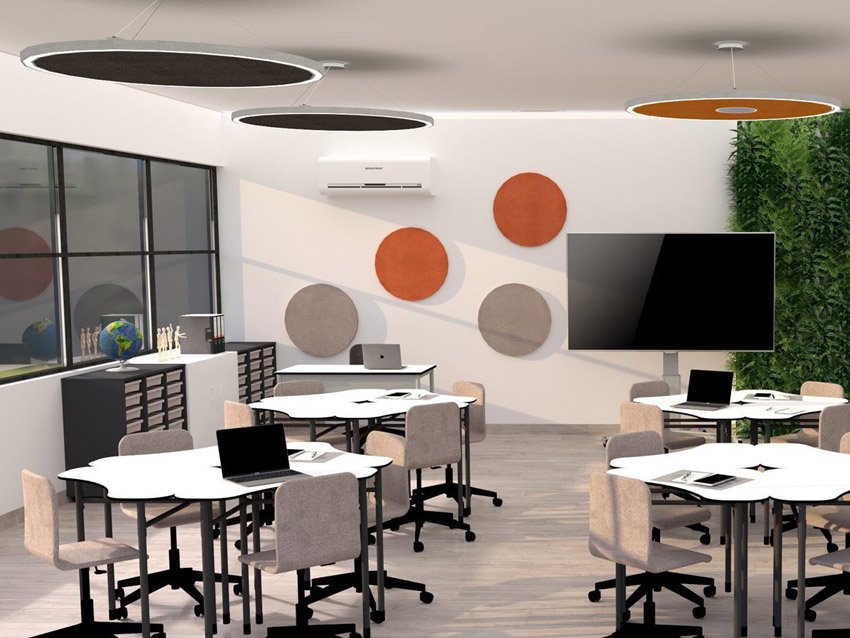
4. PET Lamps
Integrating innovation into its lighting fixtures, Nautilus uses PET materials to create lighting solutions that not only provide adequate light but also help reduce ambient noise, promoting a more comfortable learning environment.
So, what is the impact of better acoustics on student concentration and academic performance?
Recent studies indicate that exposure to noise sources has detrimental effects on people’s health and well-being in several ways. In Europe, over 1,600,000 healthy life-years are lost annually due to sleep disturbances and cognitive impairment in children. Adequate acoustic conditioning provides tranquility, acoustic clarity, better understanding, greater comfort, and contributes to the reduction of noise and blood pressure, promoting fluid communication and improving overall health.
So far, the feedback reported by teachers and school principals highlights the significant reduction in noise and reverberation levels thanks to the adoption of quality acoustic solutions. Students don’t need to raise their voices to communicate, understanding improves, concentration is enhanced for certain tasks, stress decreases, and comfort in educational spaces increases.


